NATO marks its seventy-fifth birthday today, but the alliance is in no mood for celebration.
At its foundation, and for much of its lifetime, NATO worked well. On April 4, 1949, representatives of a dozen countries signed the North Atlantic Treaty in Washington, DC “to safeguard the freedom, common heritage and civilization of their peoples, founded on the principles of democracy, individual liberty and the rule of law.” Although the Cold War was not always cold, and flared into bloodily hot conflicts in Vietnam, Cambodia and Angola among other places, there was never a face-to-face showdown between NATO and members of the Soviet Union-led Warsaw Pact, let alone a nuclear one.
Following the end of the Cold War, and the dissolution of the Soviet Union in 1991, NATO expanded into eastern Europe into two major waves, in 1999 and 2004. The alliance saw itself as an insurance policy for newly established democracies. But seventy-five years on, NATO faces some tough challenges and much uncertainty.
Bluntly, what is NATO for?
With conflict on European soil once more, NATO is at a crossroads. Bluntly, what is it for? Does it remain simply a defensive agreement to protect its members from aggression? How far can and should it expand, and does it have natural geographical limits? Can it be a force for good in global terms, a benign international organization with a role to play in helping other countries navigate the twenty-first century?
Enlargement is a pressing issue. Russian president Vladimir Putin has long peddled the nonsense sob story that NATO’s eastward growth was some kind of imperialist project designed to threaten Russia’s security. Putin painted himself as a helpless victim of events when he invaded Ukraine in 2014. But Ukraine formally applied for NATO membership in 2022, and at the Vilnius summit the following June, leaders of the alliance approved the application in principle and waved the need for a membership action plan (MAP) usually required for countries wanting to join. The communiqué was clear: “Ukraine’s future is in NATO… Ukraine will become a member of NATO.”
Ukraine’s case for membership seems overwhelming. But it raises the more general question of membership of the alliance. NATO has always maintained an “open door” policy, based on Article 10 of the North Atlantic Treaty which welcomes any “European state in a position to further the principles of this treaty and to contribute to the security of the North Atlantic area.” Ukraine aside, Bosnia and Herzegovina has a MAP, and Georgia has long expressed interest in joining the alliance. How tightly defined is the treaty’s phrase “European state?” Would Israel qualify? Or should the treaty be amended, opening the door to countries like Mexico, Australia and Japan?
NATO’s role is also increasingly hazy. The alliance is governed by the principles set out in its strategic concept, the current iteration of which was drafted in 2022. It proclaims a desire to “contribute to international peace and security,” and designates one of its three priorities as “crisis prevention and management.” It declares that NATO “will work with other international actors to address the broader conditions fueling crises and pervasive instability” and emphasizes its cooperative relationships with other international organizations.
NATO’s objective to address “resilience, the impact of climate change on security, emerging and disruptive technologies, human security, the women, peace and security agenda” and other global challenges seems noble. But these are a long way from the original conception of collective self-defense. In an interconnected world, they are near-impossible to address within geographical constraints, but NATO is precisely a geographical organization: for once, the clue really is in the name.
Perhaps the alliance should use its seventy-fifth birthday to reconsider its functions and principles and adopt a more expansive mission. But this cannot be done by default or inaction. The current secretary general of NATO, Jens Stoltenberg, is leaving office on October 1, 2024. The most likely successor at the moment is the outgoing prime minister of the Netherlands, Mark Rutte, an experienced center-right figure who has governed his country for more than thirteen years. More exciting candidates, like the UK’s Ben Wallace and Estonia’s Kaja Kallas, have unfortunately fallen by the wayside because of internal opposition. As such, the alliance is destined, at this critical time, to pick a figure to whom no-one objects very much — which is disheartening.
The new secretary general needs to provide clear answers to a number of questions. What is the future of NATO’s enlargement? Where are the alliance’s physical limits? Are out-of-area deployments part of its plan for the future? How will all members be held to their commitment to spend two percent of GDP on defense when currently not even half do so?
NATO has worked. It is not completely over the top to say the alliance won the Cold War. But the seventy-fifth anniversary of the signing of the North Atlantic Treaty should prompt its leaders to realize that they need to shape its future, and make hard decisions. A new secretary general, and perhaps a new strategic concept will be necessary. Time is running out.
This article was originally published on The Spectator’s UK website.



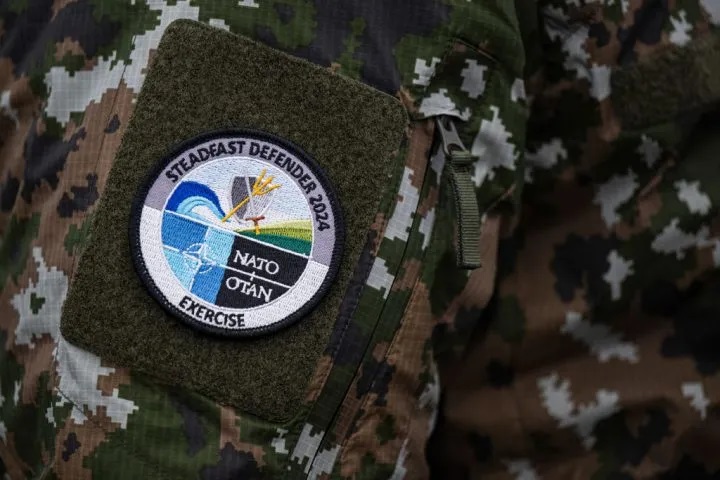







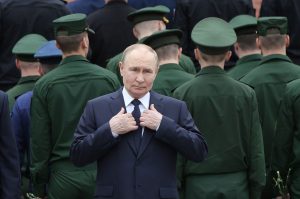




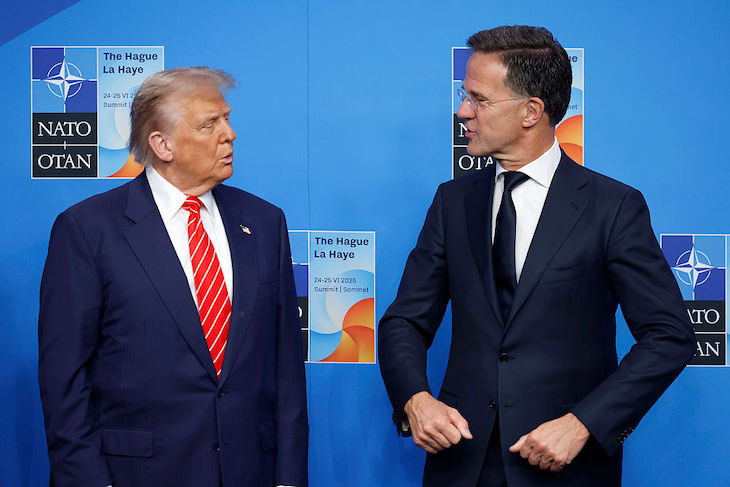
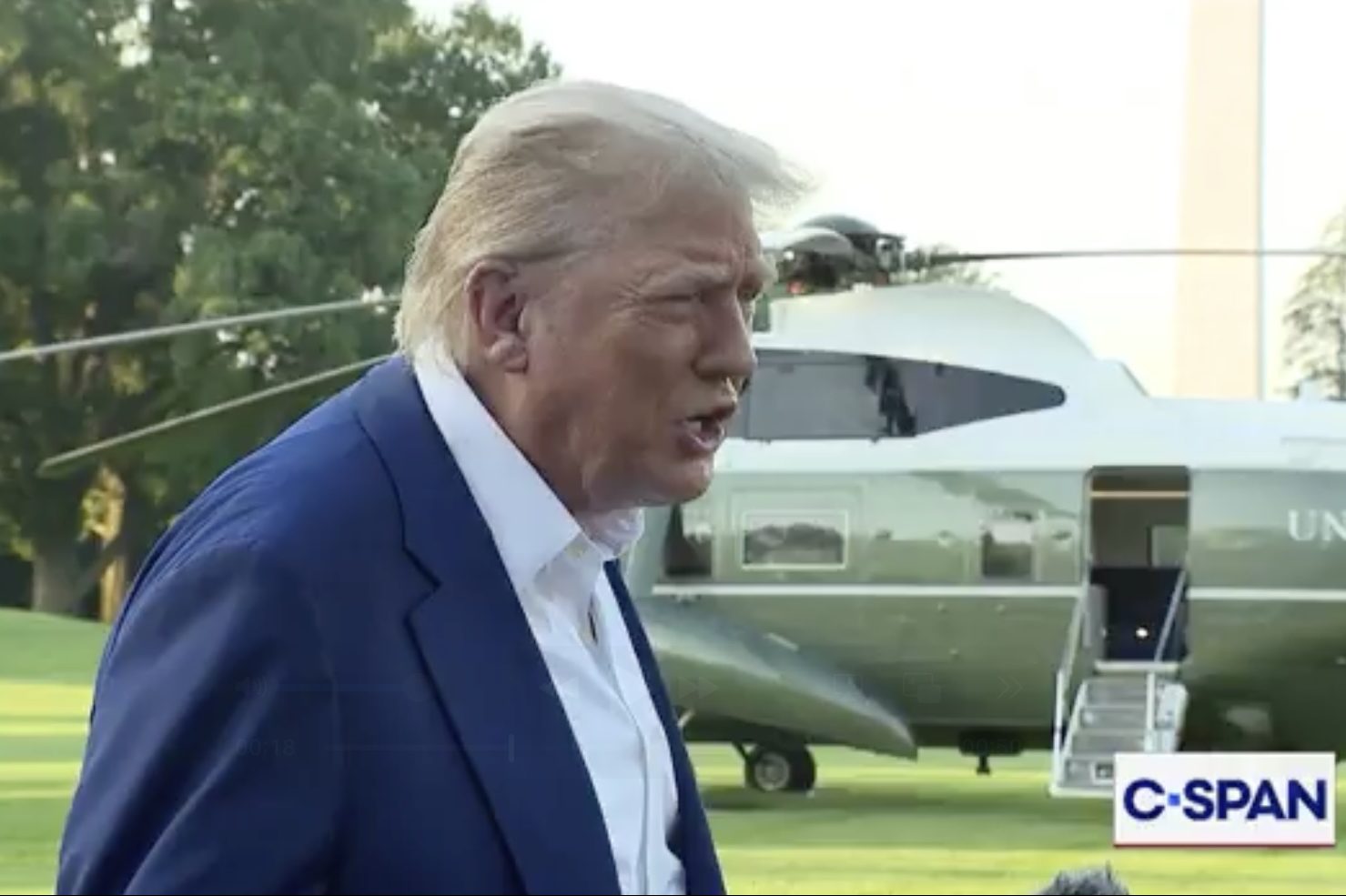
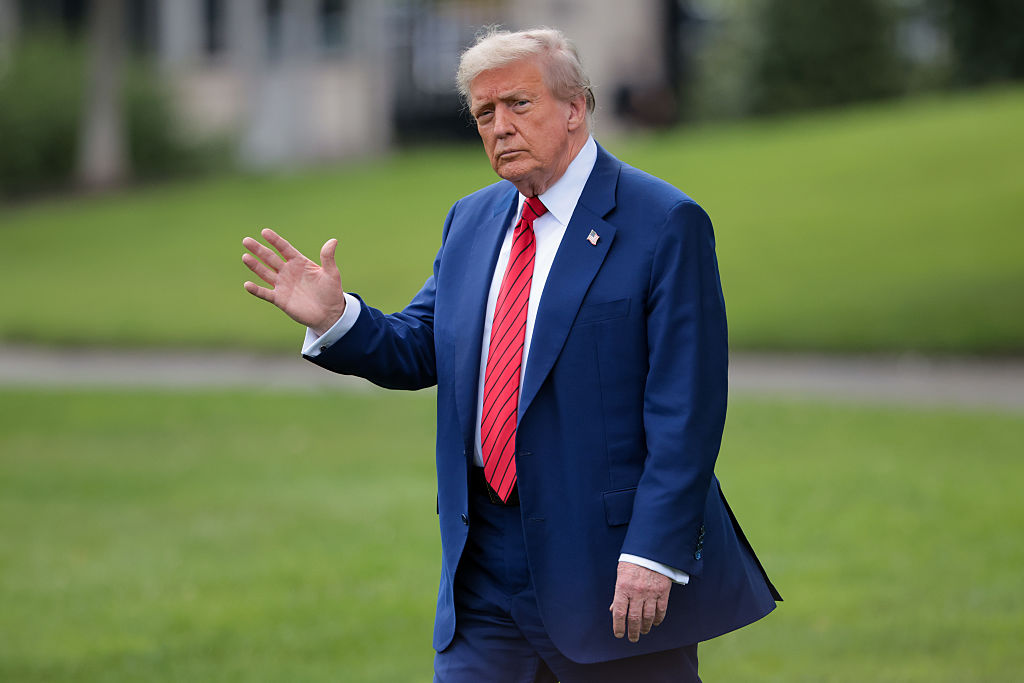







Leave a Reply